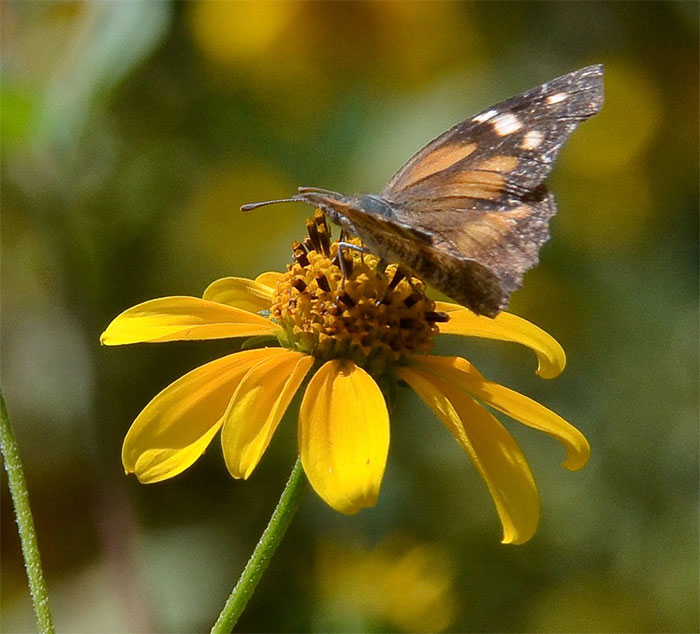While there is a positive movement towards the use of adapted and low-water use plants in our San Antonio landscapes, there are even more benefits to planting natives.
Native plants have a purpose in the yard. They provide food (seeds, nuts, leaves), shelter (nesting, protection, resting, perching), erosion control (protecting soil surface and root structure in soil), and enhanced diversity.
Native birds, bees, mammals, reptiles, native insects (yes, we want them too), etc. primarily require a native plant for their survival. The greater the selection and diversity of plants, the greater the diversity of fauna and fewer problems you will have with any single issue in your yard.
Plants that are native to Texas, and more desirably, native to our region of the state, are the recommended choices.
What do native landscapes require LESS of?
Water – Native plants have evolved to be adaptive to our feast or famine weather patterns during the year and once they are well established, they will survive even if they’re not thriving.
Pesticides – In a balanced landscape, there may always be some plant being munched on, but the insects in our yards are what feeds birds (90% of our bird species feed their young on insects – not bird seed or bread) and reptiles (think anoles or false chameleons). The decreased use of pesticide application in the landscape makes for a better world.
Fertilizer – Native plants occur and thrive in nature without fertilizer, although they do get nutrients through leaf litter, compost, mulch, and rainwater. Addition of organic matter is another reason to mulch with organic materials instead of converting to gravel or rock mulch in the garden.









